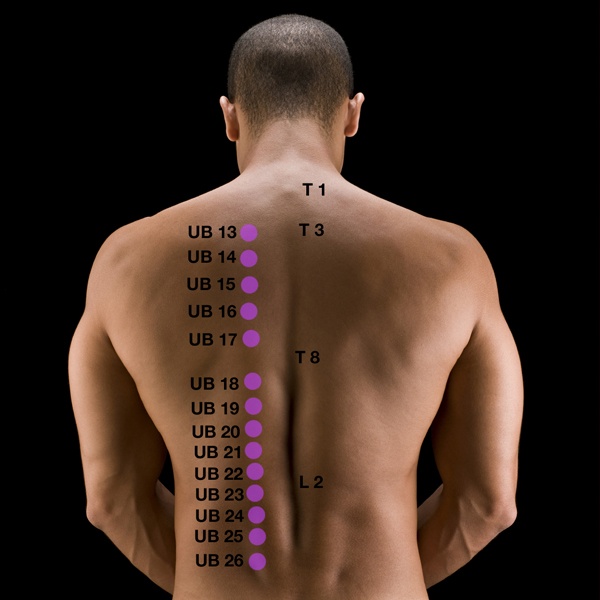
Antibiotic Treatment From a Classical Chinese Medical Point of View
Penicillin is celebrated as the drug that began the modern era of antibiotic treatment. The drug was developed in 1928 by Scottish scientist Alexander Fleming. However, antibiotic treatment was used as early as the 17th Century in China to treat epidemic pestilence which was ravaging the population.
Antibiotic treatment has become standard in modern medical practice. When I was a child, I was given antibiotics frequently: for just about everything. There was a pervasive “fear of fever,” in which antibiotics were administered to clear fever and prevent damage to the body.
The history of Classical Chinese Medicine provides a greater view of fever as well as the uses of antibiotic treatment for many types of conditions, from a mild infection to bubonic plague.
Within Chinese Medicine, fever is seen as a positive physiological healing response. However, the potentially destructive power of fever is also acknowledged.
There are two major traditions within Classical Chinese Medicine for treating infectious, viral/bacterial/fungal type conditions. These traditions were developed as a response to major epidemic plagues challenging the Chinese population at the time.
The oldest tradition within Classical Chinese Medicine, in which much of Chinese Herbal Medicine is based, is called the Shang Han Lun tradition (200 A.D.). The newest innovation within the Classical era of Chinese Medicine was the Wen Bing tradition (1600 A.D.).
Shang Han Lun views the heat of the body, manifested as fever, as a positive, healing response. Fever is the immune system’s warm “yang” energy, which generates sweat to flush out the invasive pathogenic agent (viral, bacterial or fungal). Within this tradition, acupuncture and herbal treatments promote warmth and encourage sweat, as “cold” is seen as the force challenging the body, which must be expelled.
Chinese Medicine uses climatic metaphor to describe the pathogenic process. Viral-type pathogens have a cold nature to them, and are therefore called “cold” pathogens. Whereas, bacterial pathogens have a warm nature, and are called “heat” pathogens. Fungal pathogens are called “damp.”
The nature of the body’s immune system is heat. Heat drives all physiological function. Heat is considered healthy and natural to the body. When “cold” challenges the body, the immune system generates heat to expel the cold. When “heat” enters the body, the same thing occurs. Physiological heat moves the blood, which will help eliminate the externally-contracted heat. To clear the body’s physiological heat will interfere with the immune system’s “yang” energy.
During the time of the Shang Han Lun, the dominant conditions affecting the population were acute, seen to possess a “cold” nature. It is “cold” that creates the body’s aches, headache, fatigue, cough, sneeze, wheeze and chills commonly associated with colds or flu. The fever is the body’s immune response to the “cold.”
If the body is strong, fever will generate adequate fluids to sweat out the “cold.” If the body’s immune energy is slightly insufficient, the “cold” will be released through urination.
However, if the body’s immunity is weak (or blocked), the mild “cold” condition will progress. If the condition begins to affect the throat, heat becomes problematic and must be regulated. Throat symptoms suggest a condition is either blocked as it is trying to come out of the body, or it is moving deeper into the body from insufficiency of immune strength.
Treatment still focuses on releasing the pathogenic condition from the body through sweating and urination. Heat is seen as something to be regulated, yet still a positive healing mechanism. Even if the condition progresses further (into the abdomen), treatment is still focused on flushing the system through the bowels.
Later in history, the Wen Bing tradition developed a system resembling modern antibiotic treatment strategies used today. Wen Bing doctors observed the Shang Han Lun method as ineffective in treating the pestilent epidemic that was spreading quickly through China at the time, decimating the population. The pestilent condition was quickly overwhelming the immune system, creating overwhelming heat which quickly consumed the body, causing death.
When a pathogen is overwhelming, the body’s natural mechanism for survival is to put the condition into “latency.” Latency is a process by which the body absorbs the pathogen into the deeper areas of the body, where the blood, body fluids and bone can contain it, and keep it dormant. Symptoms often go away. However, a latent pathogen continues to challenge the blood, fluids and tissues of the body which are keeping it dormant. These humors are slowly consumed, causing degeneration and eventual re-emergence of the condition; however now with greater systemic weakness and therefore greater seriousness.
The strategies of the Shang Han Lun tradition focused on preventing the process of latency from occurring. However, at the time of the Wen Bing tradition, the only way to save people afflicted with the epidemic of the time was to induce a state of latency.
Latency is created through clearing heat and diminishing the body’s natural immune response of fever. In essence: stopping the body from fighting the pathogen; storing it away somewhere in the body, ideally until it can be adequately dealt with at a later date.
The Chinese Medical classics frequently state, “a superior healer understands transmission,” emphasizing the importance of knowing where a condition has progressed from and where it is likely to go next. This is very important when inducing a state of latency into the body.
Today, we are not dealing with pestilence such as the Bubonic plague. The overwhelming diseases of today are HIV and Cancer.
HIV is closer to the type of condition the Wen Bing tradition was inspired by. HIV is infectious and overwhelming. Modern medicine has not yet found a way to expel HIV from the body. The most it has been able to do is support a state of latency, allowing it to remain a lowgrade chronic degenerative disease, preventing the quick and overwhelming destruction of the disease in its early years.
Cancer resembles more the Shang Han Lun tradition’s point of view. It is not infectious, it cannot be spread. It results from poisoning coming from the external or internal world. It is a degenerative condition, often slow and insidious. It is possible, when the body is strong, to expel the cancer-causing toxins from the body, and eliminate the pathogenic process of the condition.
Classical Chinese Medicine can provide insight into treatment of these two major modern health challenges. The Shang Han Lun and Wen Bing traditions grew out of major health crises in China. The best medical minds were involved in the creation of these systems. Therefore, there is tremendous wisdom and insight within these systems relating to the nature of disease and its progression, as well as to human physiology and immune function.
Commentators have said the Shang Han Lun tradition is most appropriate for non-contagious conditions that affect the individual; Wen Bing is most suited for highly contagious epidemic pestilence that spreads quickly from person to person.
Classical Chinese Medicine stresses the importance of intention when treating a condition. One must understand where the pathogen is moving when administering treatment. Is the treatment eliminating symptoms by pushing the pathogen deeper into the body: into a state of latency? Or is the treatment temporarily making the symptoms stronger to clear the pathogen from the body? Just because symptoms disappear, this does not always mean the disease process has been stopped. A superior healer understands and respects this. To fully heal from a condition, the root must be identified and addressed. Physiological function must be restored, so the body’s innate capacity to heal can occur.
The Shang Han Lun tradition stresses the importance of a “healing crisis” in the resolution of a condition. To fully eliminate a destructive pathogen, a detox must occur where symptoms may temporarily become stronger as the body is “clearing.” This can be confusing to many people, as most modern antibiotic treatment employs the Wen Bing-like strategy of eliminating symptoms through inducing latency.
To the Classical Chinese, compulsory use of latency-inducing treatments, especially for people who possess strong immune function, is irresponsible and ultimately harmful. It is essential inviting the development of chronic degenerative conditions. Latency should be used in emergency situations, when the immune system is too weak to overcome a destructive pathogen, such as in the case of HIV; not for a mild flu or respiratory infection.
Medical strategy is strongly influenced by the philosophies of the time. One can always debate what is best. In the end, it is both a cultural as well as personal choice. However, my intention is to provide the wisdom of the past via Classical Chinese Medicine, so we may all have as much knowledge as possible as we choose how we wish to heal.
Fever does not damage the brain until it reaches 107.6F, and usually does not exceed 105F untreated.


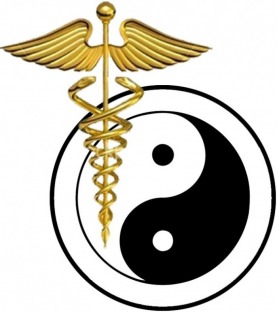

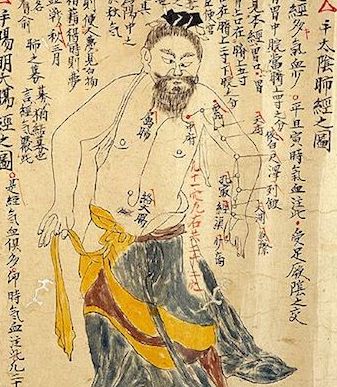
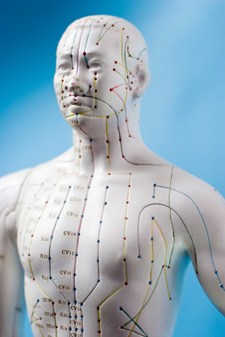
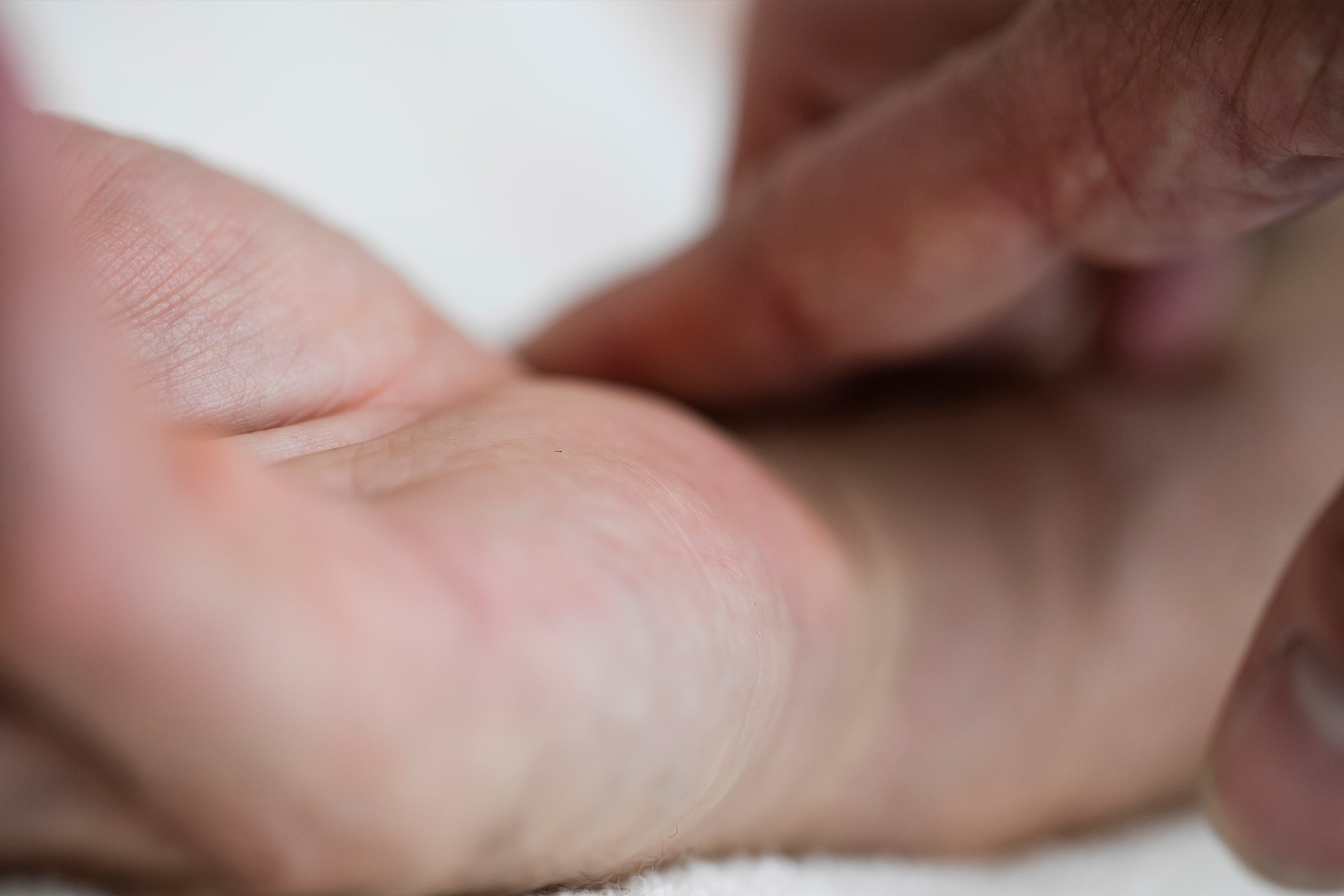


No Comments